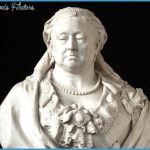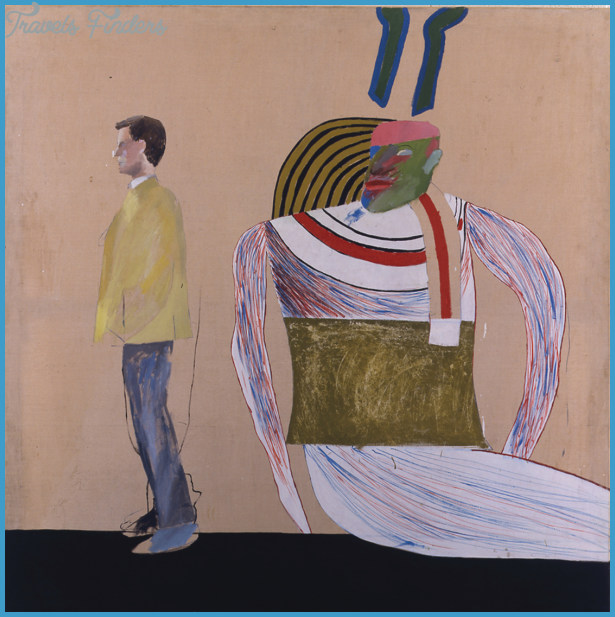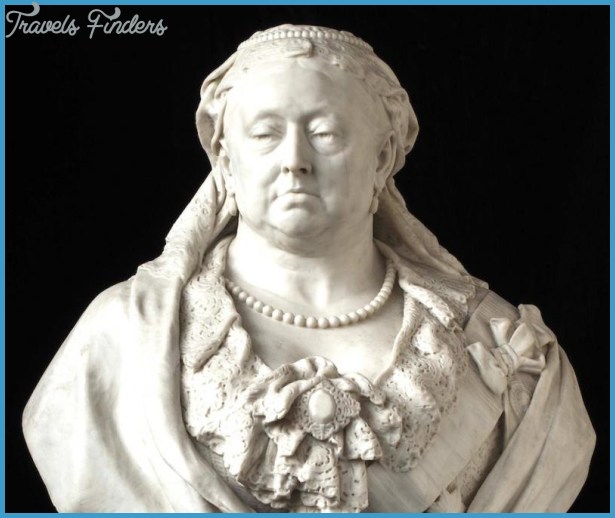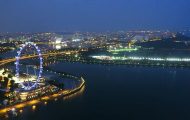THE VISUAL ARTS OF BRITAIN
ARCHITECTURE. The cathedrals and castles of England’s skyline trace a history of foreign conquests. Houses of worship began as stone, but gave way to cathedrals like Winchester (197). The Normans introduced Romanesque architecture, and the Gothic period ushered in intricate buildings like the Salisbury (198) cathedral and King’s College Chapel in Cambridge (211). Christopher Wren’s dome on St. Paul’s Cathedral (171) attests to the capabilities of Renaissance architecture. Early domestic architecture progressed from the stone dwellings of pre-Christian folk to Roman forts and villas to squat Norman castles like the Tower of London (171). The Renaissance was ushered in with sumptuous Tudor homes like Henry VHTs Hampton Court (180). The Arts and Crafts movement was an architectural revival during the Victorian period that gave us the neo-Gothic Houses of Parliament (169) and the neo-Classical British Museum (181). Today, Richard Rogers and Norman Foster vie for bragging rights as England’s most influential architect, littering London with several tributes to the millennium (173).
FILM. British film has endured an uneven history, marked by cycles of relative independence from Hollywood followed by increasing drains of talent to America The Royal Shakespeare Company has produced a heavyweight set of alumni, like Dame Judi Dench and Sir Ian McKellen, who then made the transition to celluloid. Earlier












